What is Cellular 4G LTE 5G Antenna 2×2 MIMO Antenna?
The external antenna Cellular 4G LTE 5G Antenna 2×2 MIMO Antenna CTRF-ANTENNA-EX-7059-16883-SMA comes with an omnidirectional dipole antenna design, extra-wide band 698-5900MHz with magnetic mounted antenna manufactured by C&T RF Antennas Inc for 6G/5G/4G cellular network access applications.
The Cellular 4G LTE 5G Antenna 2×2 MIMO Antenna has an SMA male connector, low-loss coaxial cable RG 174, a 3meters antenna cable extender, a 168x83x35x49mm waterproof antenna radome, a heavy-duty magnetic mount base, 10/12dBi high-gain, high-performance for 4G 5G 6G industries.
The Cellular 4G LTE 5G Antenna 2×2 MIMO Antenna is manufactured by C&T RF Antennas Inc, this style also has the 4G 5G antenna, 4G 5G MIMO antenna for your choice.
C&T RF Antennas Inc provides different antenna types such as Through-hole Mount Antennas, Magnetic Mount Antennas, Rubber Duck Antennas, Fiberglass Antennas, PCB Antennas, FPC Antennas, Spring Coil Antennas, Sector Antennas, Yagi antennas, etc.
C&T RF Antennas Inc provides the internal-external antenna with many radio frequency bands such as Cellular, 6G, 5G, 4G, 3G, NB-IoT, GNSS, GPS, Dual-band Wifi, 5.8 GHz, 2.4 GHz, 169MHz, 230MHz, 315MHz, 433MHz, 868MHz, 915MHz LoRa, UWB, RFID, ADS-B, etc.
C&T RF Antennas Inc provides single-band, dual-band, and multi-band antennas such as 3in1 combination antennas 4G/GPS/Wifi antennas, 2in1 4G/GPS antennas, GSM/GPS antennas, 4G/Wifi antennas, GPS/Wifi antennas, etc. for Wi-Fi And Bluetooth, GPS And GNSS, LoRa And ISM, IoT, And M2M applications.
Contact us for more information on Cellular 4G LTE 5G Antenna 2×2 MIMO Antenna such as Cellular 4G LTE 5G Antenna 2×2 MIMO Antenna datasheet, Cellular 4G LTE 5G Antenna 2×2 MIMO Antenna pricing, and Cellular 4G LTE 5G Antenna 2×2 MIMO Antenna inventory.
Or other cellular 4G 5G 6G antenna types details.
Cellular 4G LTE 5G Antenna 2×2 MIMO Antenna Specifications
Cellular 4G LTE 5G Antenna 2×2 MIMO Antenna Electrical Specifications | |
| RF Antenna Type | MIMO Antenna |
| Model | CTRF-ANTENNA-EX-7059-16883-SMA |
| Frequency | 698-5900MHz |
| Gain | 10/12dBi |
| VSWR | ≤3.0 |
| Impedance | 50 Ω |
| Polarization | Vertical |
| Cable Type | RG174 |
| Connector | SMA |
| Cable Length | 3Meters |
| Max Power | 50W |
| Lightning Protection | DC-Ground |
Cellular 4G LTE 5G Antenna 2×2 MIMO Antenna Mechanical Specifications | |
| Dimension | 168x83x35x49mm |
| Weight | Approx. 100g |
| RadomeMaterial | Plastic ABS |
| Operation Temperature | -40˚C~+85˚C |
| Storage Temperature | -40˚C~+80˚C |
| Finished Antenna Color | Black/White |
| Antenna Design | Indoor-Outdoor |
| Mounting | Screw |
| SafetyEmission and other | RoHS Compliant |
| Applications | ISM/SCADA/Utilities/IoT/NB-IoT/LoRa/2G/3G/GSM/GPRS/PCS/4G/LTE/5GNR/6G |
Massive MIMO antennas
In theory, the number of MIMO antennas directly affects the number of independent streams that can be sent or received (usually equal to the precoding matrix rank), so when we describe the MIMO system.
We usually talk about the number of transmitting antennas at the base station and the number of receiving antennas at the user device. Generate 2 independent information streams (pre-coding matrix rank 2).
Due to the limited internal capacity of the cell phone, it is very difficult to increase the number of antennas for the terminal in the sub 6G band, and the maximum number of sub 6G antennas in the cell phone is currently 4, and it is always increasing as the number of base stations is not limited.
Therefore, there is another way to express the MIMO system for base stations: only the number of transmit antennas is described, for example, the current MIMO 32TR means that the base station has 32 transmit (Tx) channels and 32 receive (Rx) channels.
In general, we believe that the massively MIMO for sub 6G in 5G should be larger than 16TR, and currently, there are several mainstream configurations of 16TR, 32TR, and 64TR.
At the same time, massively MIMO is used in different ways and for different purposes in the two frequency bands currently used in 5G (sub 6G and millimeter wave).
In sub 6G macro base stations, the main purpose of massive MIMO is to provide as much multiplexing gain as possible, that is, to provide as many independent data streams to individual users as possible, and we usually call this operating scenario multi-user MIMO (MU-MIMO).
In millimeter wave base stations, the main purpose of massive MIMO is to improve the coverage of the base station, compensate for path loss, and improve the signal-to-noise ratio and spatial gain of individual users, which we usually refer to as single-user MIMO (SU-MIMO).
These two purposes dictate a slightly different algorithm design and hardware design for beamforming and precoding.
For equipment vendors, the design of Massive MIMO base stations also encounters cost issues: when the number of antenna arrays increases, the number of RF signal processing links (RF chains) in a single base station also increases, which can lead to a significant increase in the cost of a single base station.
This phenomenon is especially serious for millimeter-wave base stations with small coverage areas.
The current common practice is to use a hybrid analog-digital link design scheme to replace the original pure digital link design to achieve the purpose of cost reduction.
Cellular 4G LTE 5G Antenna 2×2 MIMO Antenna Features
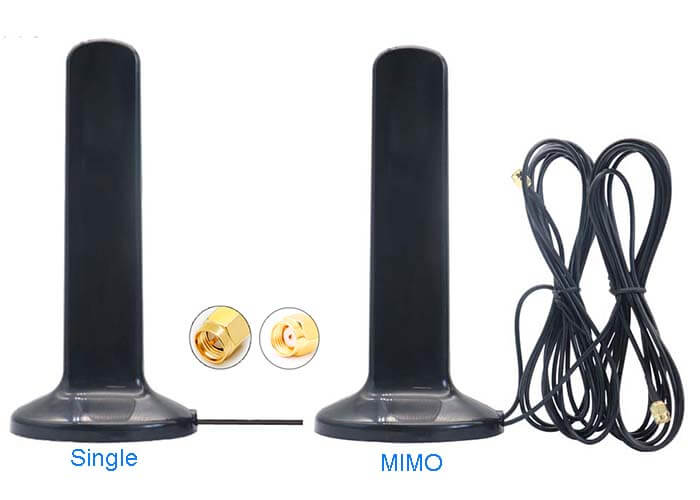
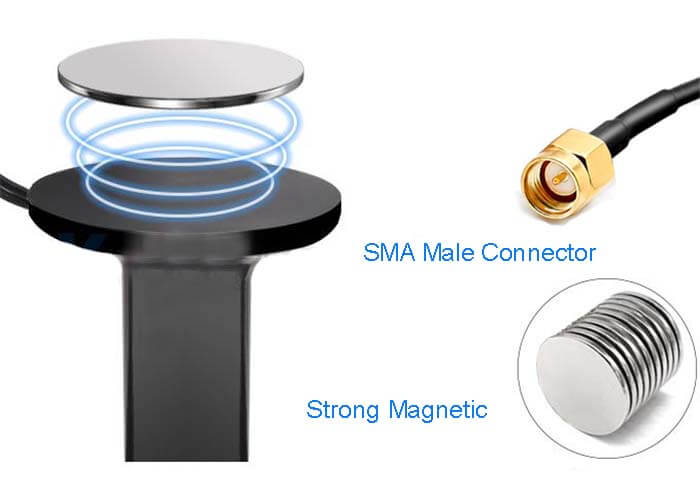


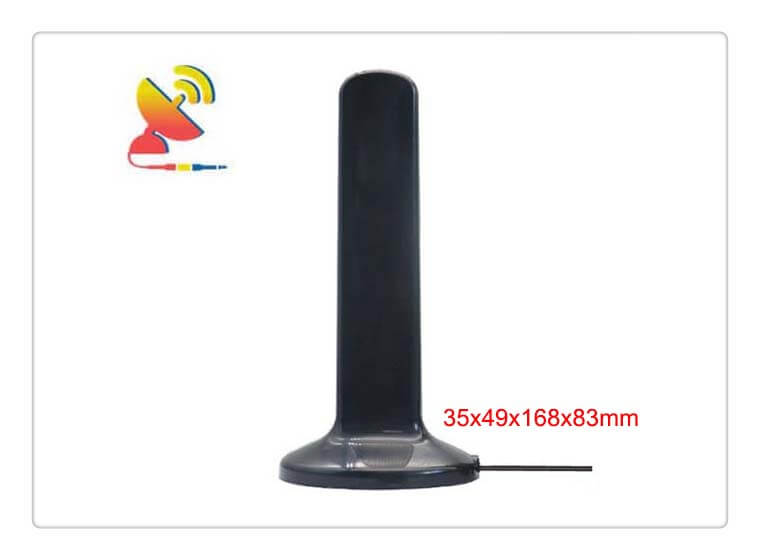
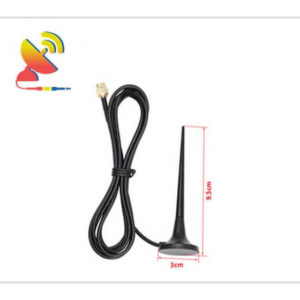
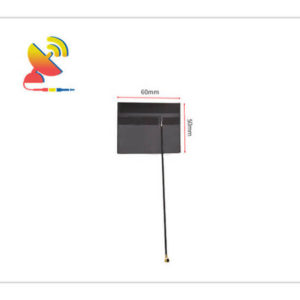
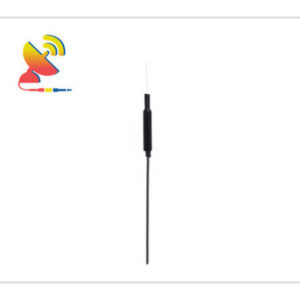
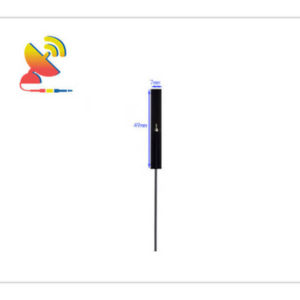
Reviews
There are no reviews yet.